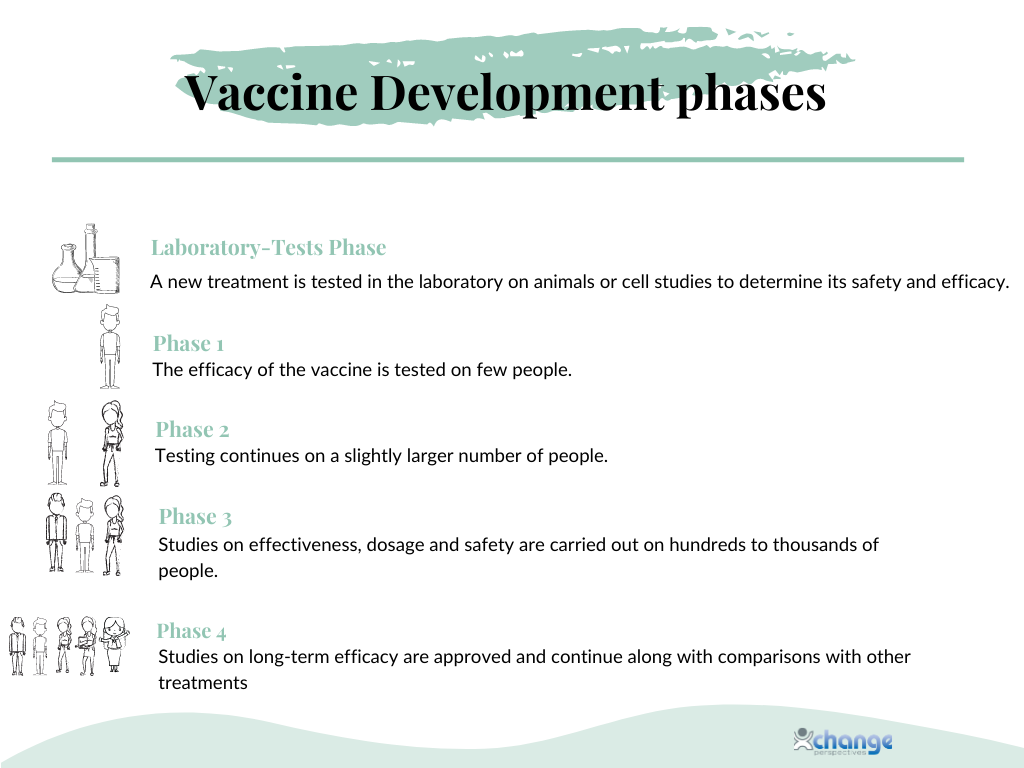Photo: Daniel Schludi on Unsplash
What is a vaccine and how does it works?
Vaccines can reduce the risks of getting a disease by strengthening the body’s natural defences to build protection. There are vaccines that can prevent more than 20 life-threatening diseases. After getting the vaccine, the body becomes immune. Large scale immunization in the population reduces the number of people who would get diseases. Immunisation currently prevents 2-3 million deaths every year from diseases like diphtheria, tetanus, pertussis, influenza and measles.
Becoming immune and getting vaccines is a key component of primary health care and a human right. Vaccines go through few phases before the final approval. These phases usually takes few years. For COVID-19 vaccine, and given the urgency of the situation, the process was accelerated. This acceleration was possible thanks to the amount of financial and technical support provided to different manufacturers around the world.

Vaccines are created based on several criteria such as the response of the immune system to the germ, the population targeted by the vaccine and the technologies/approach available to create the vaccine. There are several types of vaccines to date. The following chart presents the main information on vaccines and their usage.
COVID-19 Vaccines
The work on vaccines for COVID-19 started in January after deciphering the SARS-COV-2 genome. Trials soon started in March and to date there are 13 vaccines that have reached the last phase of testing.
Vaccination campaigns


